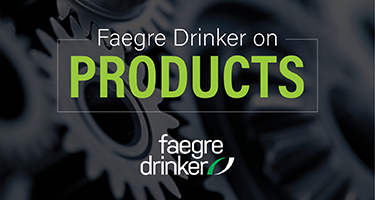Social media is ubiquitous in our cyber-connected world. For many, the first thing a person does when they wake up, and the last thing that person does when they go to bed is read, post, or otherwise interact with platforms such as Facebook, Twitter, Instagram, LinkedIn, and the like. For litigants in a lawsuit the potential to unwittingly post something online that is not thought through or carefully composed can be a trap. Attorneys look at social media presence in their quest for evidence, and discovery requests for social media posts are commonplace in deposition notices, preservation requests, fact sheets, interrogatories, and requests to produce.
Social media is subject to Rules of Evidence principles, including relevancy, authenticity, hearsay, and the probative value of evidence in light of its potential for unfair prejudice. Lorraine v. Markel Am. Ins. Co., 241 F.R.D. 534 (D. Md. 2007). Of these, authentication at trial is thought to be the “greatest challenge.” Hon. Paul W. Grimm, et al., Authentication of Social Media Evidence, 36 Am. J. Trial Advoc. 433, 439 (2013). Authentication of social media evidence is more complicated than showing a witness a printout with an account name and photo alongside the commentary − and for good reason. As the Third Circuit has recognized, social media evidence presents special challenges because of “the great ease with which a social media account may be falsified or a legitimate account may be accessed by an impostor.” United States v. Browne, 834 F.3d 403 (3d. Cir. 2016).
Continue reading “Authenticating Social Media Evidence at Trial”

